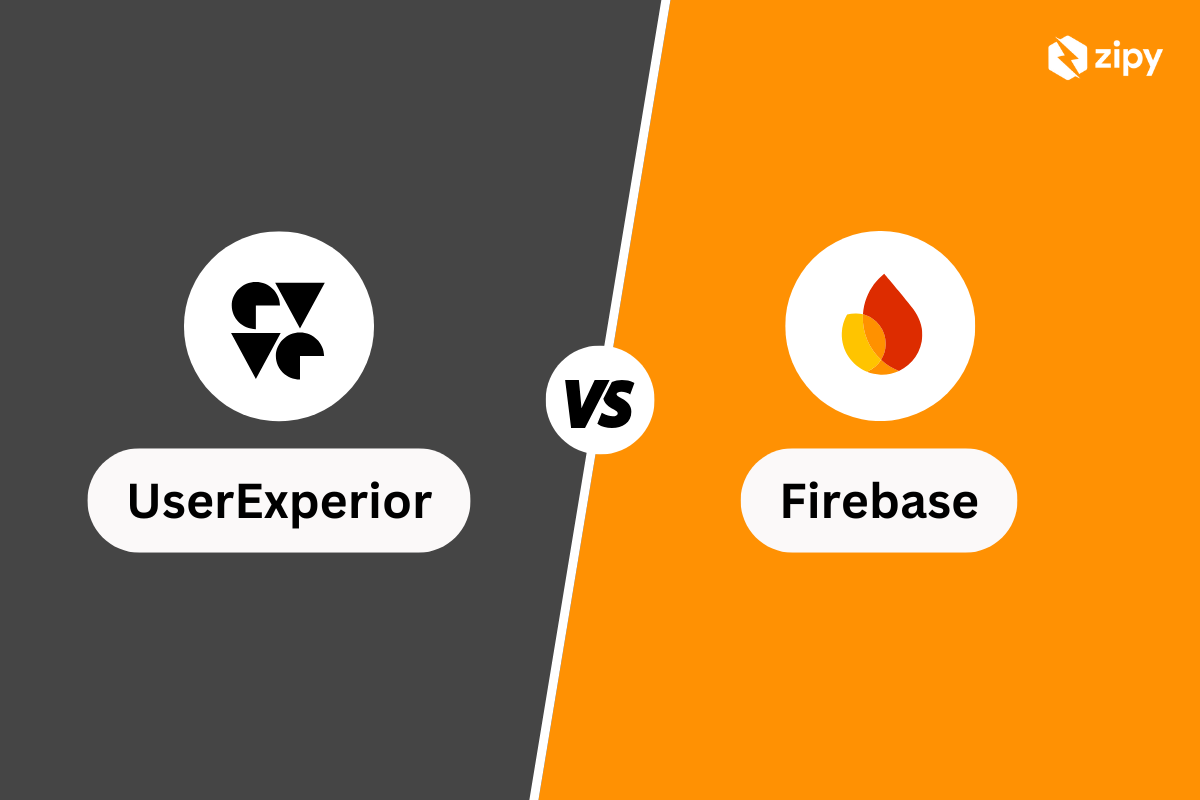Introduction
In the realm of JavaScript development, encountering a TypeError related to non-object property access is not uncommon. This error can cause frustration and confusion, especially for developers who are relatively new to the language. However, fear not! In this comprehensive guide, we'll unravel the mysteries surrounding this error and equip you with the knowledge and tools needed to overcome it confidently.
Catch errors proactively with Zipy. Sign up for free!
Try Zipy now
Understanding TypeError (non-object property access) in JavaScript
Before diving into solutions, let's gain a deeper understanding of what exactly a TypeError related to non-object property access entails. In JavaScript, this error occurs when you try to access a property or method of a value that is not an object. This can happen for various reasons, such as attempting to access properties on null or undefined values.
Scenario 1
Error code
let num = 42;
let length = num.length;
Corrected code
let str = 'Hello, world!';
let length = str.length;
Solution Summary
In this scenario, the error occurred because the variable num was assigned a primitive value (42), which doesn't have a length property. To resolve the error, we need to assign a string value to num and then access the length property.
Scenario 2
Error code
let obj = null;
let value = obj.prop;
Corrected code
let obj = { prop: 'value' };
let value = obj.prop;
Solution Summary
Here, the error occurred because we attempted to access the property prop of a null value, which is not allowed. To fix the error, we need to ensure that obj refers to a valid object before accessing its properties.
Scenario 3
Error code
let arr = [1, 2, 3];
let lastElement = arr.last;
Corrected code
let arr = [1, 2, 3];
let lastElement = arr[arr.length - 1];
Solution Summary
In this scenario, the error occurred because arr.last attempted to access a non-existent property last on the array object. To retrieve the last element of the array, we should use the length property to determine the index of the last element.
Handling TypeError (non-object property access) in JavaScript
To handle TypeError related to non-object property access in JavaScript, it's essential to validate the object or value before attempting to access its properties. Additionally, familiarize yourself with JavaScript's built-in methods and properties to avoid common pitfalls.
Proactive Error Debugging with Zipy
For streamlined error debugging and resolution, consider leveraging tools like Zipy. Zipy provides proactive error monitoring and user session replay capabilities, enabling you to identify and rectify runtime JavaScript errors efficiently. By integrating Zipy into your development workflow, you can enhance the reliability and performance of your JavaScript applications.
Debug and fix code errors with Zipy Error Monitoring.
Sign up for free
Conclusion
In conclusion, mastering the handling of TypeError related to non-object property access is crucial for writing robust and error-free JavaScript code. By understanding the underlying causes of this error and implementing appropriate solutions, you can improve the stability and maintainability of your codebase.
Resources on how to debug and fix Javascript Errors
- 20 everyday Javascript errors you should know: A guide on how to fix Javascript errors
- Master JavaScript Debugging: Strategies and Best Practices
- 10 best Javascript debugging tools
- JavaScript debugger for JS error monitoring and tracking
- How to handle Javascript Syntax Errors?
- How to handle Javascript Reference Errors?
- How to handle Javascript Type Errors?
- How to handle Javascript Range Errors?
- How to handle Javascript Eval Errors?
- How to handle Javascript URI Errors?
- How to handle Javascript InternalError?
- How to handle Javascript DOMException?
- How to handle Javascript Promise Rejection?
- How to handle Javascript Event Handling Errors?
- How to handle Javascript AJAX/HTTP Errors?
- How to handle Javascript Unhandled Promise Rejection?
- How to handle Javascript ReferenceError (non-local)?
- How to handle Javascript TypeError (non-constructor)?
- How to handle Javascript TypeError (readonly property)?
- How to handle Javascript TypeError (non-extensible object)?
- How to handle Javascript TypeError (assignment to constant)?
- How to handle Javascript TypeError (function not callable)?
- How to handle Javascript TypeError (invalid array length)?
Frequently Asked Questions
Q: What causesTypeError related to non-object property access in JavaScript?
A: TypeError related to non-object property access occurs when attempting to access properties or methods of a value that is not an object.
Q: How can I fixTypeError related to non-object property access in my JavaScript code?
A: To fix this error, validate the object or value before attempting to access its properties. Additionally, ensure that you are accessing properties or methods on valid objects.
Q: What are some common scenarios that lead toTypeError related to non-object property access?
A: Common scenarios include attempting to access properties on null or undefined values, or trying to access non-existent properties on objects.
Q: How does Zipy help in debuggingTypeError related to non-object property access errors?
A: Zipy provides proactive error monitoring and user session replay capabilities, allowing you to identify and resolve runtime JavaScript errors efficiently.
Key takeaways
- Validate objects or values before accessing their properties to avoid
TypeErrorrelated to non-object property access. - Familiarize yourself with JavaScript's built-in methods and properties to prevent common errors.
- Consider using tools like Zipy for proactive error monitoring and debugging to enhance the reliability of your JavaScript applications.
- Regularly review and refactor your code to ensure it remains robust and error-free.
.svg)





.png)
.png)




.webp)